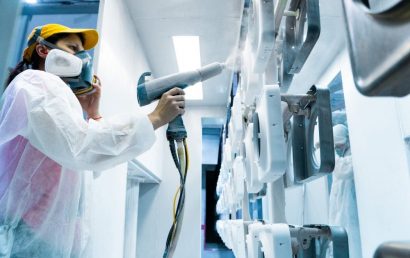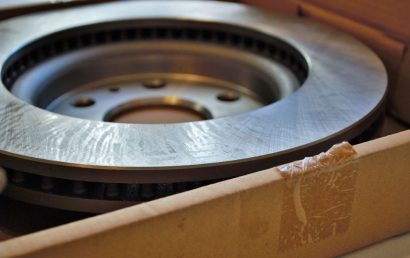Clear Coatings Protect Buildings And Preserve History
Clear, protective coatings are being used as easy building surface protection methods. Depending on the project and the location, many of today’s newer buildings are receiving this coating as part of the building process. It will help maintain these structures for years to come. But these coatings are also being used on aged structures to protect and preserve history. When it comes to building surface sustainability, these clear protective coatings are nothing less than superstars.
Multiple Needs Call for Multiple Methods of Protection
The high cost of repair and building maintenance are a direct result of building issues caused by UV, moisture, lead, and mold. According to BOMA (Building Owners and Managers Association) it can cost upwards of $15,000 a year to clean the outside of a building and roof area. Imagine the cost savings if, for 10 years, a building did not need that cleaning.
Because of varying needs, there are a selection of surface protections available. For example:
- Protective, clear, insulating coatings for skylights, ducts, ceilings, walls, and more.
- Protective, clear, insulating coatings for roofs.
- Lead encapsulating, clear coating used for lead abatement.
Resistance to Weather
Depending on the environment, many buildings can look weathered before their time. Particularly in tropical locations, excess moisture and salt spray can be a real problem. Exterior coatings that are clear but protective can help maintain these buildings against the harsh environment.
These coatings not only fight off mildew and mold, but when used indoors can help with condensation reduction as guests turn the air conditioning up high.
Buildings With Fungi/Mold Growth
Stop paying for broken roof tiles and expensive roof cleaning. Instead, take full advantage of the professional application of a clear roof coating that is mildew, UV, and mold resistant.
Clear Coatings Used for Lead Abatement
If the surface of a building tests positive for lead containment, wood beam and older brick buildings are frequently guilty of this, something must be done. While maintaining the original wood/brick look, the building still has to pass inspection. Fortunately, a relatively simple, two-coat process can invisibly but safely encapsulate the lead on the surface of this type of building.
Examples of Clear Coatings Protecting History
Here are some current examples of how clear protective coatings are helping to preserve history:
A multimillion dollar Susan B. Anthony Voters Block renovation in the city of Rochester, New York involves lead remediation. The previously discussed translucent solution used for lead abatement was approved by the New York Historical Preservation Society for use on the brick buildings.
A translucent, heatshield coating is providing the ideal protection needed for the world’s first commercial jet airliner, deHavilland Comet, found at the Seattle Museum of Flight. The coating is preventing corrosion and condensation. Whereas this is not a building, it does show the versatility of today’s translucent protective coatings.
Coatings used in historical preservation projects offer the following:
- A decade or more of maintenance-free protection
- Smooth finish
- Non-toxic, low VOC
- Prevent moisture and UV damage
- Will not harm underlying surfaces due to a water-based formula
- Offers a lead abatement solution that is economical and easy
- Thermal insulation
- Invisible, clear matte finish
At A&A Coatings, we deal with numerous types of coating materials and various application methods. No matter what industry you are involved in, we have the appropriate methods and coating materials needed. Speak to one of our knowledgeable, experienced staff members to find out which coating will work best in your unique situation. Contact us at A&A Coatings today.



